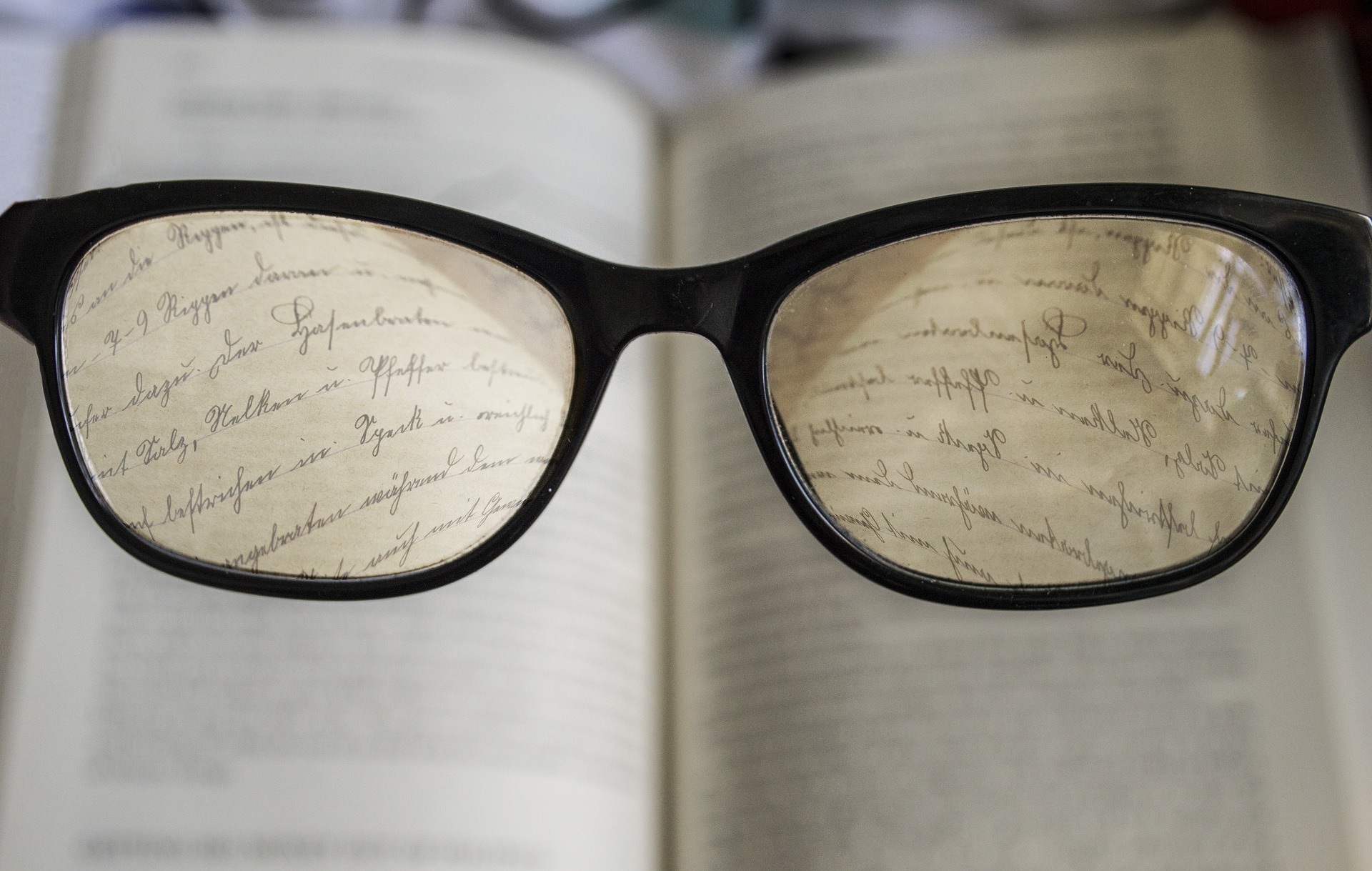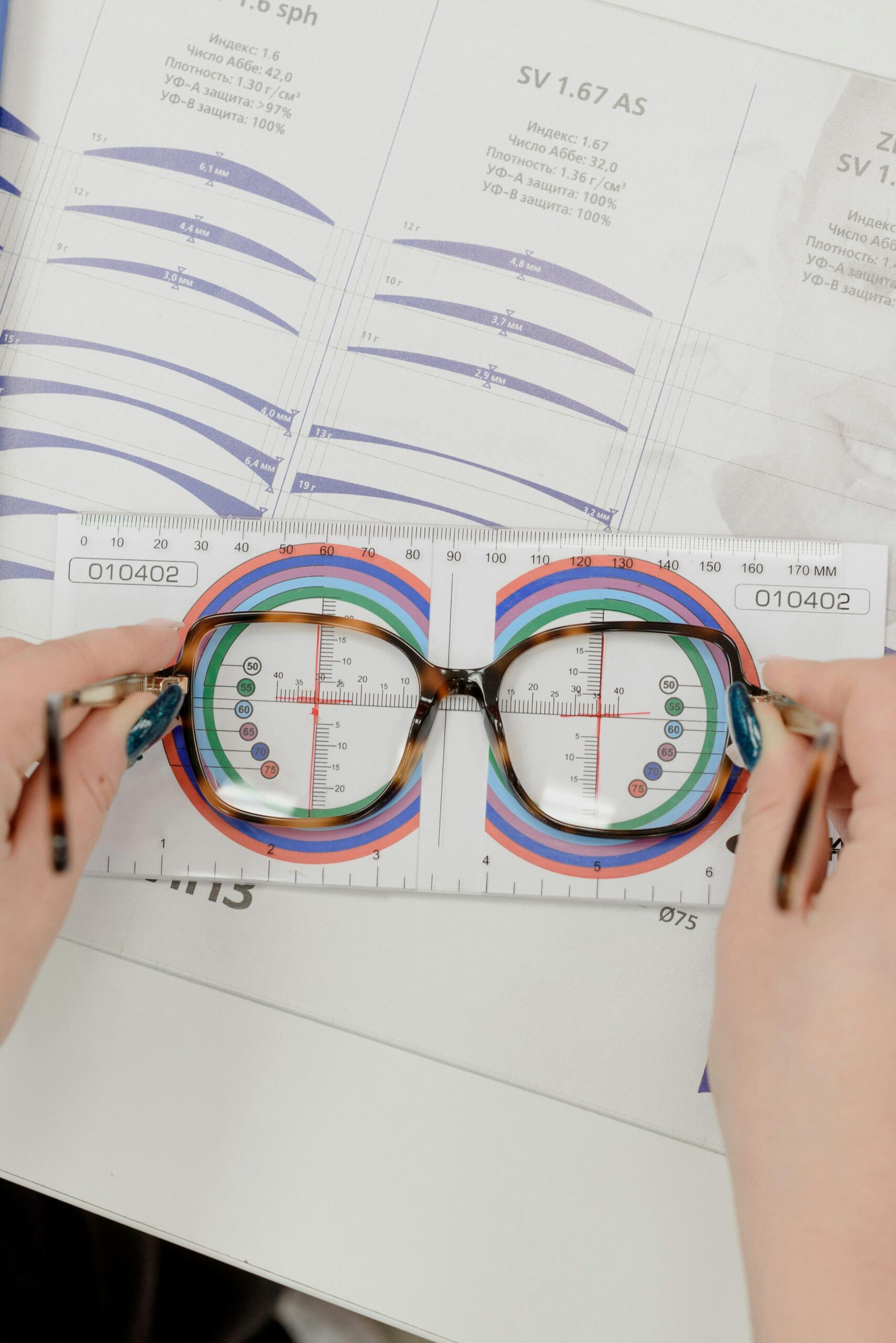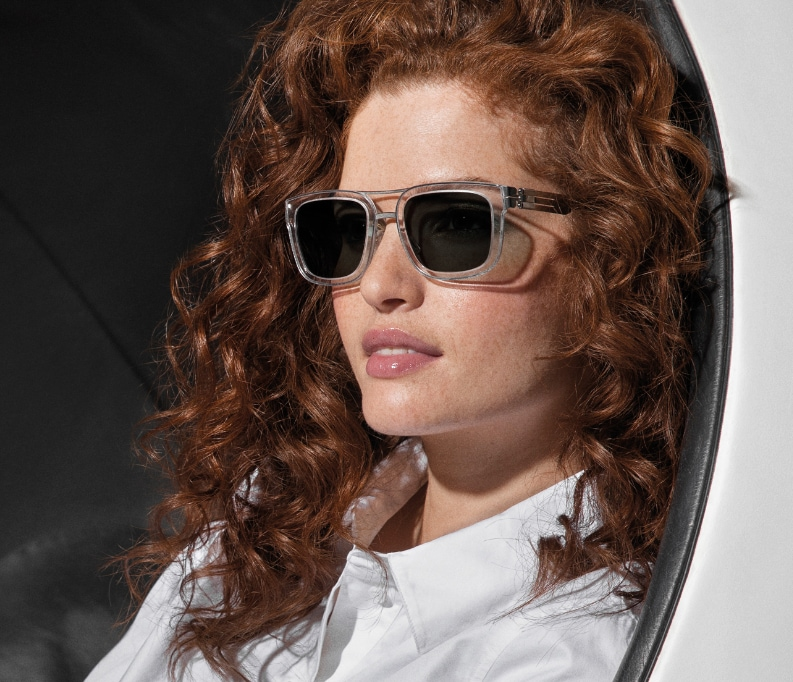Explore the latest in premium lens technology with expert insights from Malaya Optical. Learn the difference between standard and advanced lens technologies, and find the right fit for your lifestyle. Not all eyeglass lenses are created equal. While your frames define your style, your lens technology determines everything from clarity and comfort to long-term eye health. At Malaya Optical, we specialize in helping clients understand the real difference between standard and advanced lenses. Whether you're facing digital eye strain, struggling with progressive vision needs, or simply want lenses that match your lifestyle and look, this guide will help you make an informed choice. What Are Premium Lenses and Are They Worth It? Modern lenses are more than just prescription glass. Premium lenses use innovative designs, materials, and coatings that deliver…










